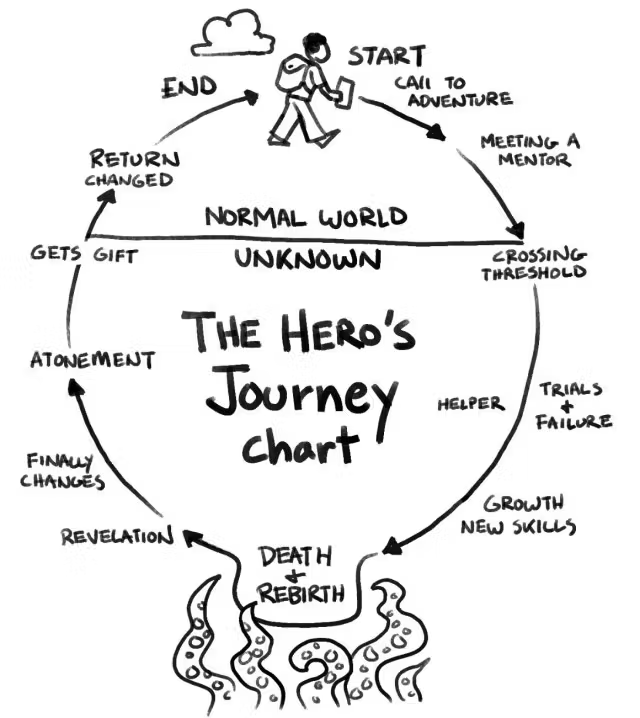
Blog
Strategic Storytelling: Why Your Brand Needs a Hero and a Villain
The Hero: Your Customer
At the heart of every great story is the hero. For your brand, this hero is your customer—the protagonist whose challenges and aspirations shape the narrative. By understanding their goals, frustrations, and desires, you can craft messages that reflect their journey and position them at the centre of the story.
This customer-first approach is more than just good practice; it’s essential for building engagement. When customers see themselves as the hero, they’re more likely to connect with your brand on a personal level, fostering trust and long-term loyalty.
The Villain: Defining the Adversary
Every hero’s story needs an adversary, and in brand storytelling, the villain represents the obstacles your customers face. This could be a recurring problem within the industry, an inefficient process, or even a competitor who fails to meet the audience’s needs.
Defining a clear antagonist helps create urgency and sets the stakes for your customer’s journey. Importantly, this isn’t about demonising competitors; it’s about framing the challenges your customers face and demonstrating how your brand helps them overcome these barriers.
Crafting the Narrative
To create a hero-villain framework that resonates, consider these key steps:
- Identify the Villain
Pinpoint the primary challenges or pain points your customers encounter. These might include inefficiencies, gaps in the market, or frustrations within your industry. - Position Your Brand as the Guide
While the customer is the hero, your brand plays the role of the trusted guide or mentor—offering solutions, tools, and expertise to help them overcome the villain. This positions your brand as an essential partner in their journey. - Highlight the Transformation
Focus on the positive change your customers experience after confronting and conquering the villain with your brand’s help. This transformation underscores your value and illustrates the tangible impact of your solutions.
Why the Hero-Villain Framework Works
The hero-villain structure goes beyond storytelling; it’s a strategic way to connect with your audience on an emotional level. By leveraging these universal storytelling elements, you:
- Evoke Emotion: Stories with conflict and resolution are inherently engaging, making your brand’s message more memorable.
- Build Trust: Positioning your brand as the trusted guide reinforces credibility and reliability.
- Differentiate Your Brand: A clear narrative helps your brand stand out in crowded markets by offering a story that customers can relate to and remember.
At CI Group, we’ve seen how this approach transforms campaigns—turning static messages into dynamic stories that inspire action and foster loyalty.
Your Brand’s Role in the Customer’s Journey
Incorporating heroes and villains into your storytelling elevates your brand from being just a service provider to becoming a pivotal part of your customer’s journey. It shifts the focus to their needs, aspirations, and successes, creating a narrative where your brand is an indispensable partner.
When done right, this framework doesn’t just capture attention; it builds meaningful connections that translate into lasting relationships and sustained success.
At CI Group, we specialise in crafting narratives that put your customers at the centre. Let us help you shape your story—one that not only inspires but also delivers real impact.
Let’s Talk.
